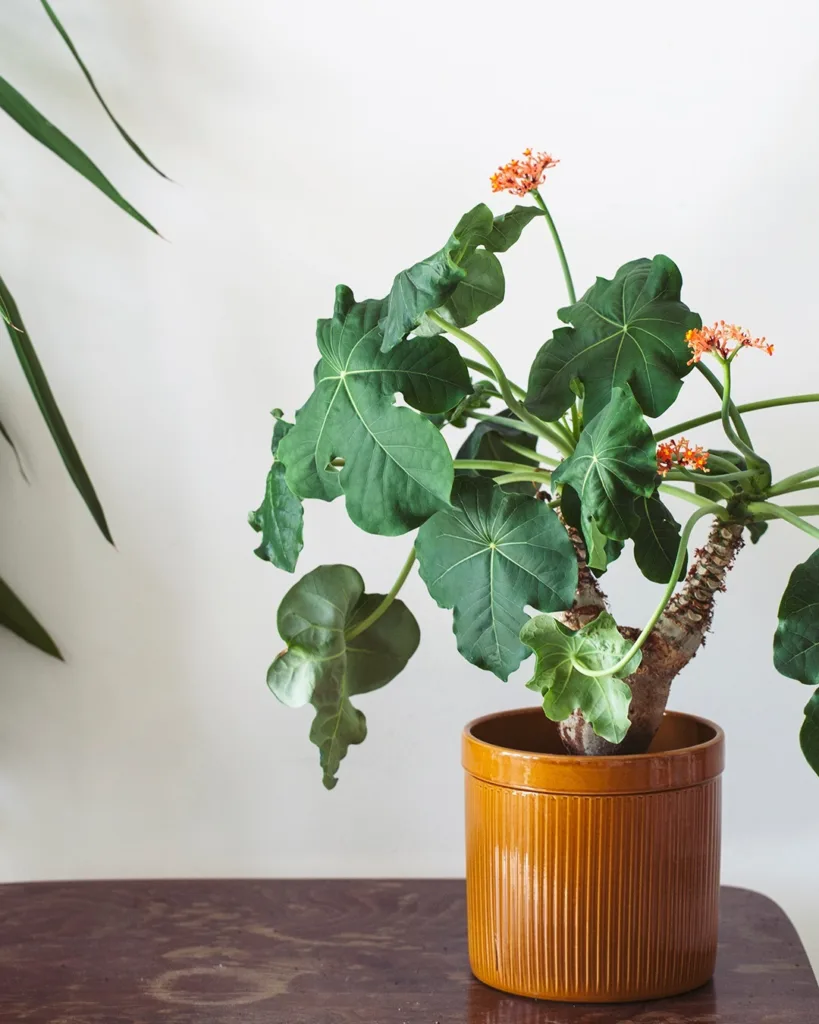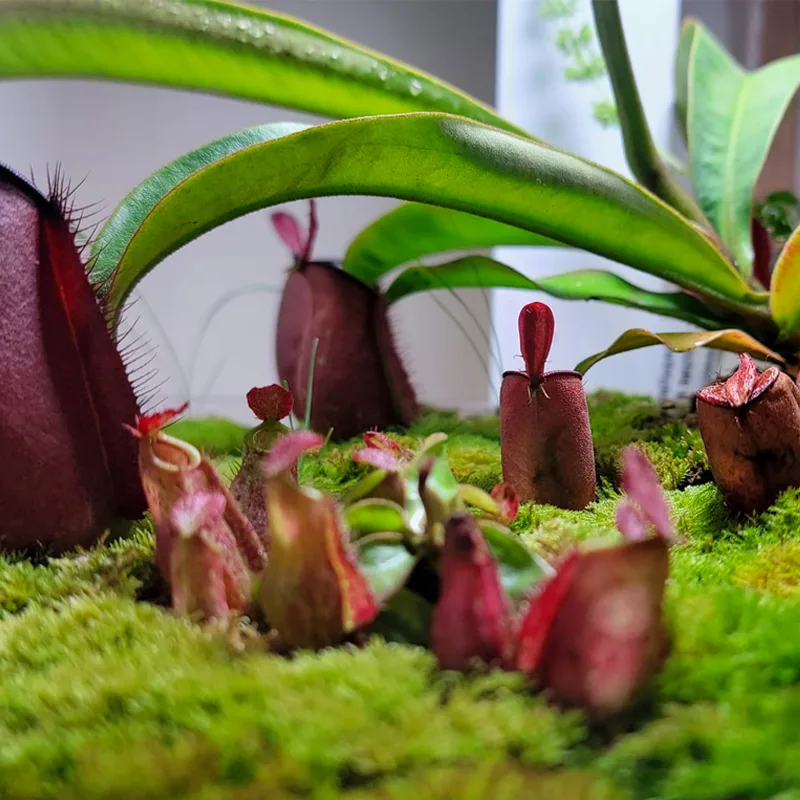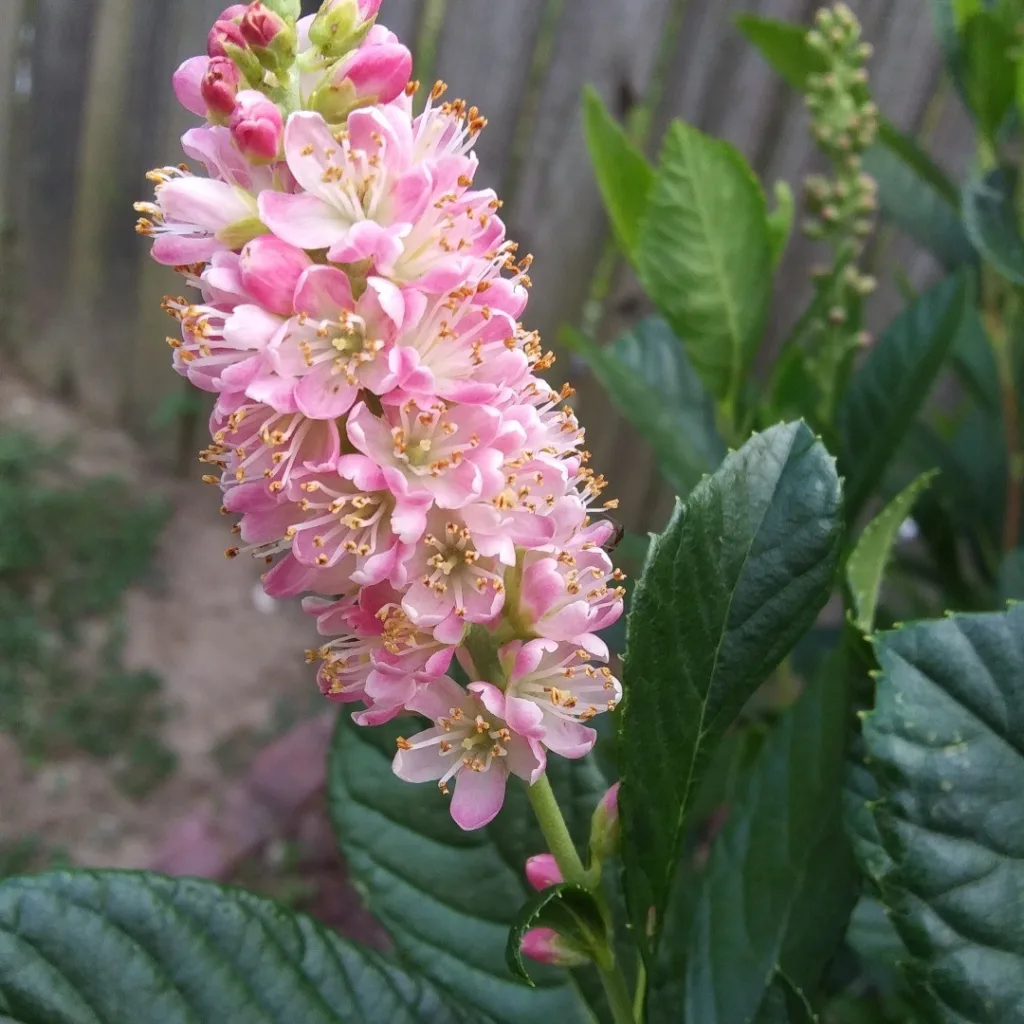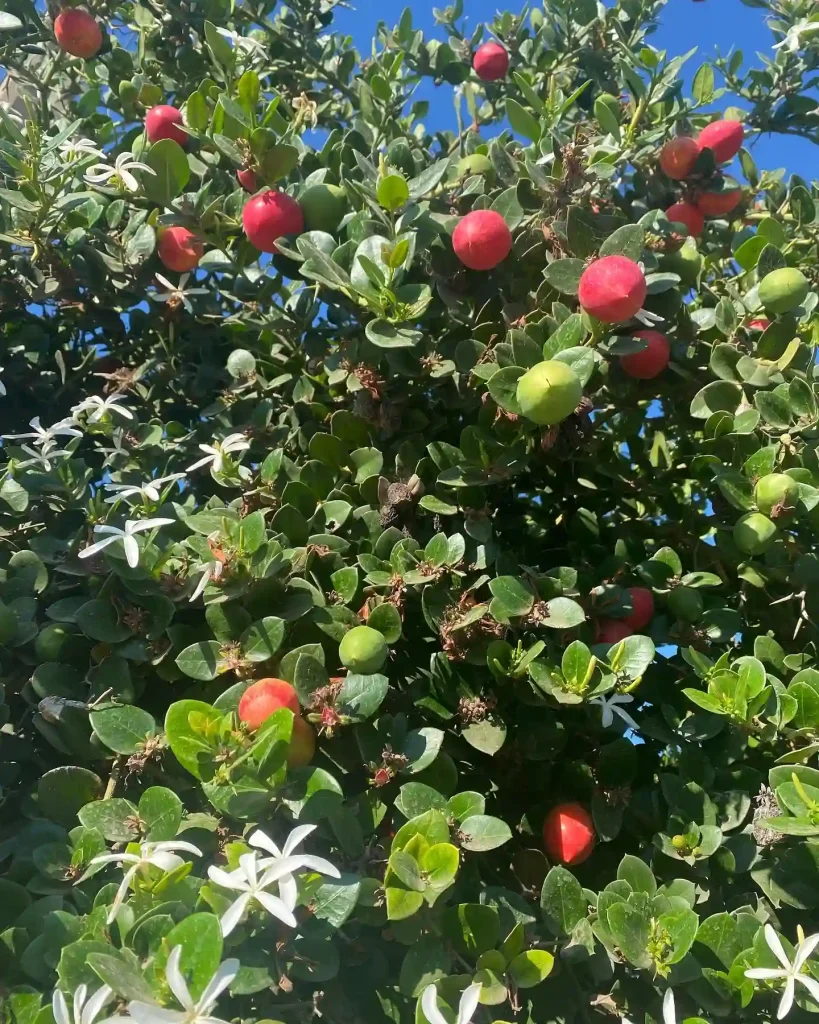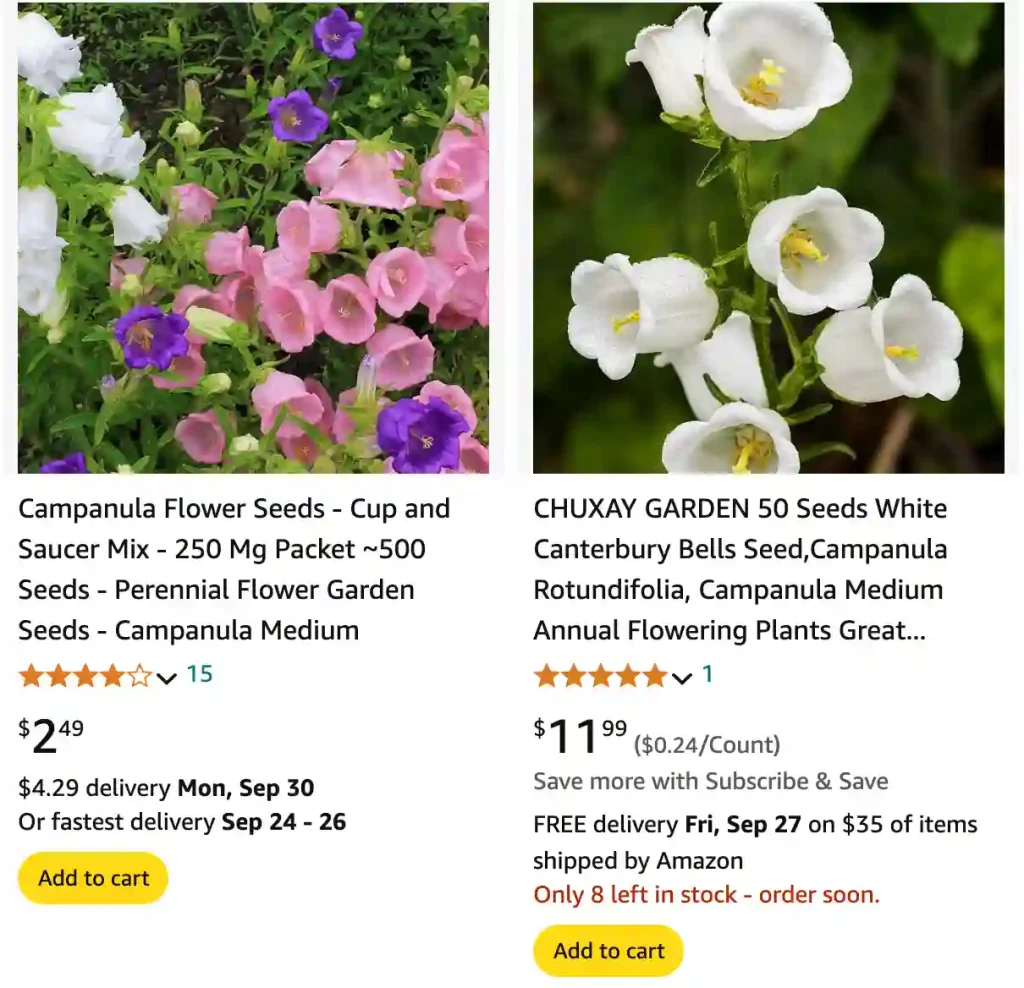
FAQs About Campanula Medium
As a passionate gardener, I’ve often found myself drawn to the beauty and charm of Campanula Medium, also known as Canterbury Bells. This delightful perennial brings a splash of color to my garden, and I’ve learned quite a bit about it over the years. In this article, I’ll share some frequently asked questions about Campanula Medium, including how to grow and care for it, along with other relevant details.
What is Campanula Medium?
Campanula Medium is a biennial plant known for its stunning bell-shaped flowers that bloom in shades of blue, purple, pink, and white. These flowers are a favorite among gardeners and pollinators alike. The plant typically grows between 24 to 36 inches tall and can be an excellent choice for borders or cottage gardens. I love how its tall spikes create vertical interest, making it an attractive addition to my garden design.
Are Campanula Medium a Gladiolus?
No, Campanula Medium and gladiolus are entirely different plants. While both produce beautiful flowers, they belong to different families. Gladiolus belongs to the Iridaceae family, while Campanula is part of the Campanulaceae family. Gladiolus typically has sword-like leaves and grows from corms, while Campanula Medium is a herbaceous perennial that grows from seeds or transplants. This distinction is important for understanding their specific care requirements.
How to Grow Campanula Medium?
Growing Campanula Medium is relatively straightforward. Here’s how I do it:
- Location: Choose a spot that receives full sun to partial shade. I’ve noticed that they thrive best with at least six hours of sunlight.
- Soil Preparation: Campanula prefers well-drained soil enriched with organic matter. I usually mix compost into the soil to improve its fertility.
- Planting: I sow the seeds in early spring or transplant young plants in late spring. If you’re starting from seeds, sprinkle them on the soil surface and lightly cover them.
- Watering: Regular watering is crucial, especially during dry spells. However, I ensure the soil dries out between waterings to prevent root rot.
- Fertilization: Applying a balanced fertilizer once a month during the growing season helps promote lush growth and vibrant blooms.
How to Care for Campanula Medium?
Caring for Campanula Medium involves a few key practices:
- Deadheading: I regularly remove spent flowers to encourage new blooms and prevent the plant from self-seeding too much.
- Mulching: Applying a layer of mulch helps retain moisture and suppress weeds, making maintenance easier.
- Pruning: If the plant becomes leggy, I prune it back in late summer to encourage bushier growth.
How to Propagate Campanula Medium?
Propagation of Campanula Medium can be done through seeds or division. I find that starting with seeds is easier, but dividing established plants in the fall can also work well. To divide, carefully lift the plant from the ground and separate the root ball into smaller sections, ensuring each section has roots and shoots.
What to Plant With Campanula Medium?
Companion planting can enhance the beauty of Campanula Medium. I like pairing it with other perennials like daisies, black-eyed Susans, or echinacea. These plants not only complement the aesthetic but also attract beneficial insects to the garden.
Can You Grow Campanula Medium Indoors?
While Campanula Medium thrives outdoors, it can be grown indoors in containers. I recommend placing it in a bright location with plenty of natural light. Regular watering and proper drainage are essential to keep the plant healthy indoors.
Is Campanula Medium Toxic?
Fortunately, Campanula Medium is non-toxic to humans and pets. I appreciate having plants in my garden that are safe for my curious pets. However, it’s always wise to keep an eye on any plant and ensure they don’t consume anything harmful.
Benefits of Campanula Medium
The benefits of growing Campanula Medium extend beyond its visual appeal. This plant attracts pollinators like bees and butterflies, supporting local ecosystems. Additionally, its long-lasting blooms can enhance garden arrangements and cut flower displays.
Common Problems with Campanula Medium
While I enjoy growing Campanula Medium, I’ve encountered a few common problems:
- Powdery Mildew: This can occur in humid conditions. To combat it, I ensure good air circulation and avoid overhead watering.
- Root Rot: Overwatering can lead to root rot, so I always check soil moisture before watering.
Comparison with Other Similar Plants
Campanula Medium is often confused with other bellflowers, such as Campanula Poscharskyana (Serbian Bellflower) or Campanula Lactiflora. While they share similar features, I find that Campanula Medium has taller spikes and more prominent flowers compared to its cousins.
In conclusion, Campanula Medium is a versatile and beautiful addition to any garden. With its captivating blooms and manageable care requirements, it has become one of my favorites. Whether you’re new to gardening or a seasoned pro, this plant is worth considering for your landscape. Happy gardening!
